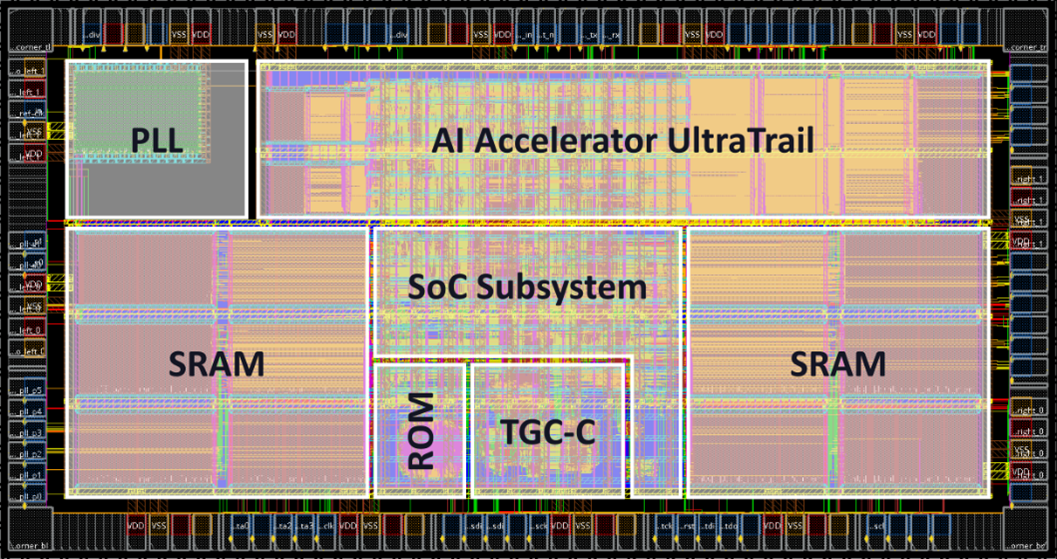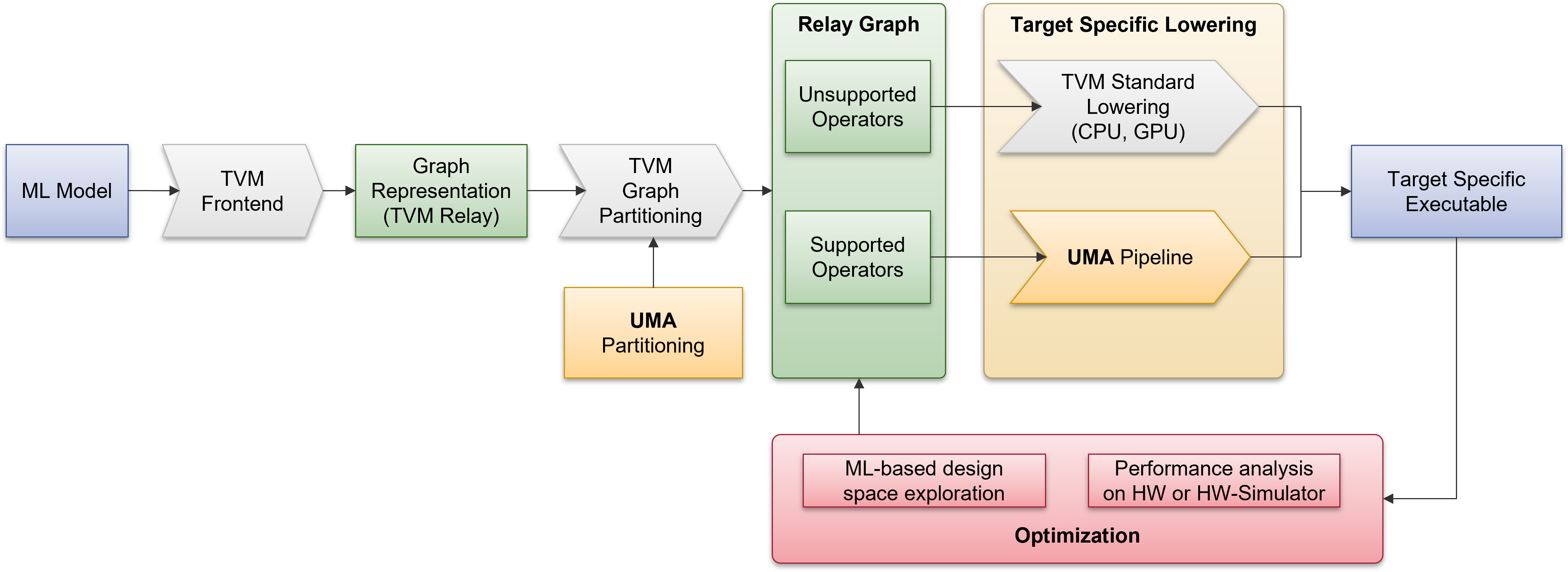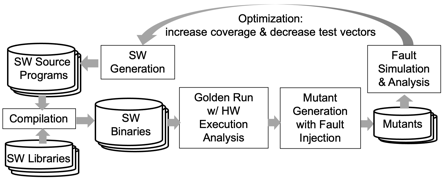QTA - QEMU Timing Analyzer
The QEMU Timing Analyzer (QTA) is a QEMU plugin which extends QEMU for the time annotated execution of binary programs. QTA has been tested only for RISC-V and TriCore. As the implementation extends QEMU through TCG plugin API it should be compatible with any other ISA and all future QEMU versions . QTA comes with a frontend that can import output files from AbsInt aiT WCET analysis.
The source code of the QTA plugin is freely available with the front end for AbsInT aiT file import at github under: https://github.com/hni-sct/qemu-qta.
muRISCV-NN
We introduce muRISCV-NN, an open-source compute library for embedded and microcontroller class systems. muRISCV-NN targets to provide an open-source, and vendor-agnostic compute library targeting all RISC-V-compliant platforms for supplying a HW/SW interface between industry-standard deep learning libraries and emerging ultra-low-power compute platforms. Forked from ARM’s CMSIS-NN library, muRISCV-NN provides optimized scalar kernels written in plain C as an efficient and highly portable baseline.
Ecosystem Microcontroller
The Ecosystem microcontroller is a PULPissimo-based microcontroller featuring the following Scale4Edge ecosystem IPs:
- A RISC-V TGC processor core
- The AI hardware accelerator UltraTrail
- A phase-locked loop (PLL)
Due to the high configurability of the individual components, the platform can be quickly and easily adapted to specific applications. A specialized ecosystem microcontroller was taped-out in 22nm FDSOI technology as a demonstrator for an audio event detection use-case provided by the project partner Bosch.
Verification IP
An RTL processor implementation can be verified using our co-simulation approaches, which compares the implementation with a functional reference model. As a functional reference model, an instruction set simulator (ISS) that is part of the open-source RISC-V VP can be used. Our cross-level processor verification approach generates endless instruction streams and tightly integrates the ISS with the RTL core with the aid of in-memory communication. The setup allows restriction-free instruction generation, enabling a comprehensive testing approach.
SymEx-VP
SymEx-VP focuses explicitly on testing software for constrained embedded devices (e.g. as used in the Internet of Things). This software often interacts very closely with low-level hardware peripherals and in order to support these interactions, during simulation-based software testing, SymEx-VP supports SystemC peripheral models. SystemC is a C++ class library for modeling hardware peripherals.
MLonMCU
While there exist many ways to deploy machine learning models on microcontrollers, it is non-trivial to choose the optimal combination of frameworks and targets for a given application.
Thus, automating the end-to-end benchmarking flow is of high relevance nowadays. MLonMCU allows performing complex benchmarks of edge ML workloads, frameworks and targets with minimal efforts
Apache License 2.0
UMA: Universal Modular Accelerator Interface
UMA (Universal Modular Accelerator Interface) is a unified infrastructure for easy integration of external hardware accelerators into the machine learning compiler framework TVM. UMA provides file structures, Python interface classes and a documented API and is available open-source in the latest releases of TVM.
Apache License 2.0
Fault Effect Simulation and Analysis for RISC-V (FEAR-V)
FEAR-V is a fast scalable simulation and analysis framework for RISC-V architectures based on QEMU. The generation, simulation, and analysis can be scaled by ISA configuration as well as n-bit permanent and transient faults. The fault injection covers GPR, CSR, instruction, and memory analysis.
The source code of FEAR-V is freely available with all its components and has been published under https://github.com/hni-sct/fear-v.
Hardware Architectures and EDA Tools for Creating and Integrating RISC-V ISA Extensions (ISAX Tools)
Instruction Set Architecture eXtensions (here abbreviated as ISAX), sometimes also known as Custom Instructions, are one of the key means to specialize a processor for a specific application domain. They enable, e.g., higher performance or better energy efficiency than realizing the applications using just the generic, general-purpose instruction set.
In Scale4Edge, TUDA works on three key technologies aiming to ease the development and deployment of ISAX:
SCAIE-V and CoreDSL have been open-sourced under a permissive license. Longnail remains proprietary to enable commercial exploitation after the end of Scale4Edge Phase 2.
Extensible Compiler (X-LLVM, Seal5)
The Extensible Compiler provides an LLVM-based toolchain to develop C/C++/Assembly programs for RISC-V. It is designed to easily accommodate custom extensions to the RISC-V ISA by supporting the Scale4Edge developed CoreDSL for describing ISA extensions.
Apache License 2.0
A permissive license whose main conditions require preservation of copyright and license notices. Contributors provide an express grant of patent rights. Licensed works, modifications, and larger works may be distributed under different terms and without source code.





